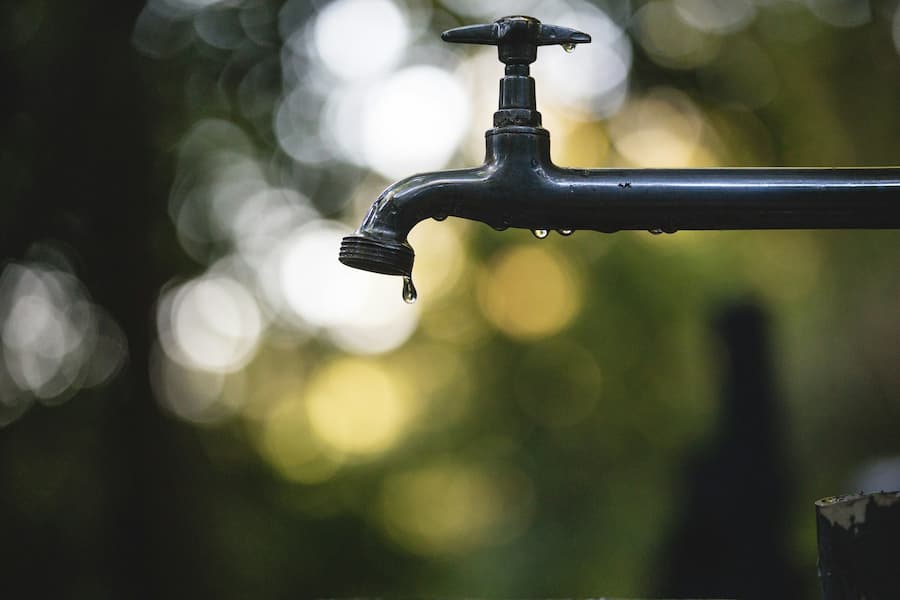Timely interventions can save you from expensive repairs and extensive damage when it comes to maintaining the plumbing system in your home or business. Pipe relining is one of the most modern and efficient ways of restoring damaged pipes and is bound to gain momentum over conventional pipe replacement. But how do you tell this is the option for you? Here are five key tips that will help in identifying the time for pipe relining:
Persistent Drainage Issues
One of the first signs that your pipes may need relining is consistent drainage problems. Slow-draining sinks, recurring clogs, and backups usually are symptoms of a deeper problem in your pipes. In fact, over time, debris, grease, or tree roots can build up inside the pipe and create blockages that disrupt normal flow. These problems – when plungers or other conventional chemical cleaners cannot help – may call for a relining of the pipe. Relining creates a new, smooth lining inside the pipe to allow for better flow. If these are left unaddressed, they may result in severe damage, such as failure of the pipes themselves. Thus, early detection and fixing of drainage problems is very important for longevity in plumbing.
Frequent Leaks
Leaky pipes can be more than a nuisance to you; they can waste a lot of water and cause structural damage. If you have been frequently repairing the same spot over and over, it means that pipe integrity is on the decrease. Most repair methods result in temporary comfort since the problem isn’t dealt with at the root level. It seals the inside of the pipe, providing a long-term solution against further leaks, which may be cost-effective in the long term. The areas of pipes that are hard to reach can be treated without the disruption that comes with other repair options. Preventative measures such as pipe relining can save you both time and money in the future.
Cracks and Bursts
Pipes are susceptible to cracks and bursts due to age, movement of the ground, and other external pressures. Cracked pipes can allow contaminants into your water supply and, at worst, even cause sinkholes. Hire professionals to reline a pipe if you notice visible cracks, water discoloration, or sudden drops in water pressure. Relining can strengthen the pipe structure without major excavation, making it convenient and durable. If these signs are further ignored, it may bring severe water damage to your property. Proactive action will ensure a much safer and more reliable plumbing system.
Tree Root Intrusion
Tree roots have been among the most common causes of pipe damage in many of the old plumbing systems made of clay or concrete. The roots are attracted to water and nutrients in your pipes and enter through small cracks, expanding over time. This can clog the flow of water but also break the pipes because of pressure. In case the plumbing inspection identifies tree root intrusion, then pipe relining will be effective, making a seamless barrier that no roots can penetrate. Regular inspection helps to identify the root cause before it gets out of hand. Being proactive minimizes potential costs and damages from invasive root systems.
Aging Plumbing Systems
Older properties come with aged plumbing systems, which are more prone to wear and tear. Pipes made of older materials, such as cast iron or clay, are particularly susceptible to corrosion and cracking. If your building is over 30 years old and has never had any plumbing upgrades, then the inspection of the pipes is smart. Relining can give life to your system without needing full replacement; thus, pipe relining is practical for extending the life of your property. This approach is not only budget-friendly but also eco-friendly since it reduces waste. Invest in the longevity of your plumbing system for peace of mind and reliability.
Conclusion
In conclusion, pipe relining is considered the latest innovation in solving a series of plumbing issues, from general leakage and cracks to intrusion of roots and old-age systems. Early recognition of such signs and prompt action will avoid further damage and also reduce the cost of repairs. From persistent drainage problems to suspected tree roots infiltrating your pipes, the fix is durable and non-invasive with pipe relining. Visit Classic Style Mag for more informative blogs.



